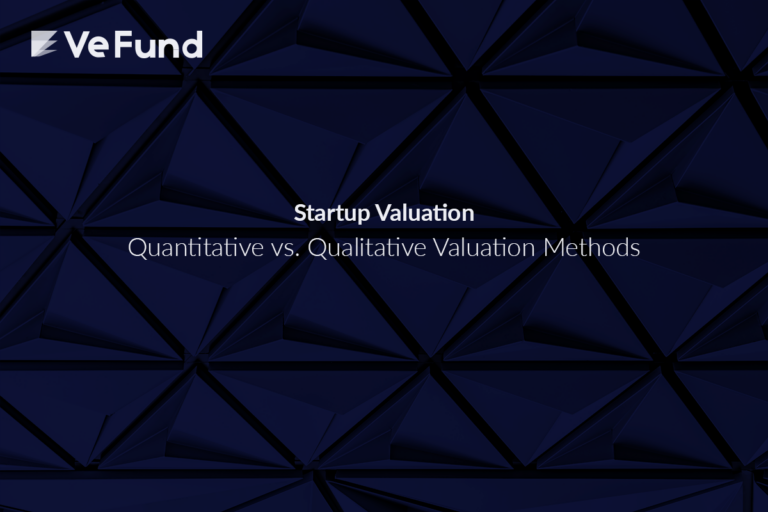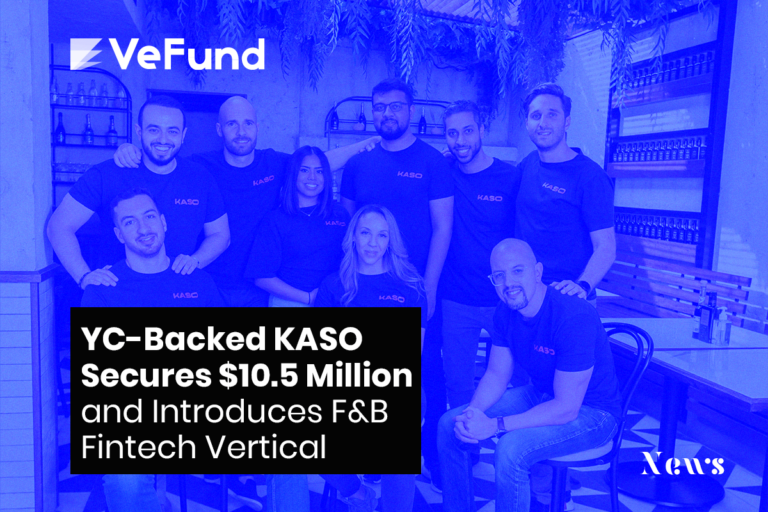How to Increase Valuation for your Startup: A Guide for VeFund’s Valuation Calculator
Understanding the perks of valuation can seem like a daunting job. It needs some dedication to get things right. However, it is less hard than it initially seems.
In this article, we’re going to take you through the drivers that can take your valuation higher. The article is tailored for VeFund’s valuation calculator and the methods we use. If you haven’t already, you can try it out for free before purchasing your valuation report.
The valuation methods we use are adopted by most investors. It is highly unlikely an investor would prefer a completely different method/s. Even in this case, the valuation drivers we are going to mention are almost universal. No matter what valuation method is used, they will eventually reflect directly or indirectly.
Four Valuation Factors that Can Boost your Valuation
1. Revenues
The higher your forecasted revenues, the higher your valuation. We use a mix of five valuation methods. Four of them are directly affected by revenues.
Sales revenue is intuitively a golden key to increasing profitability and returns for investors. You can achieve this by figuring out strategies to gain more customers or expanding to new products.
Be cautious, however, of being overly optimistic. The numbers you put in your forecasts are like a new year’s resolution for your startup. They are going to be your target for the upcoming years.
2. EBITDA
EBITDA is an acronym for Earnings Before Interest, Taxes, Depreciation, and Amortization. Basically, it is sales revenue minus operating costs. It is used by financial experts to measure the company’s functionality in operations. Sometimes it is used to compare companies’ operations too. The higher the EBITDA, the better.
To increase EBITDA, you can simply increase revenues or reduce operating costs. Showing you can maximize EBITDA means you’re improving efficiency. This improves the company’s sustainability, improving your valuation numbers, and is appreciated by investors.
In valuation, it heavily affects three of our valuation methods. Check out the EBITDA under the financial sections of the calculator.

3. The Team
For startups, it is not enough to run the forecasted numbers for valuation. Measuring the qualitative aspects of the startup is highly important, especially in the early stages.
The team comes at the core of these qualitative aspects. Having a strong team substantially increases the odds of survival for the startup.
You can improve your team by:
- Ensuring commitment by the founders.
- Getting advisors on board.
- Hiring industry experts.
- Making sure your team can handle most of the tasks internally without outsourcing.
- Having access to legal experts.
We measure the team’s strength at our two qualitative valuation methods, which heavily affect the overall valuation for early-stage startups.
4. The product
Having a strong product positioning is a huge element of customer growth. No surprise it makes a great impact on your valuation.
You can improve your product’s state by:
- Advancing in the product’s stage. For instance, if you’re at MVP, work on the higher version.
- Testing demand extensively.
- Differentiate from competition.
- Find ways to increase customer loyalty.
- If applicable, form stronger agreements with suppliers and/or distributors.
We measure the product’s strength using our two qualitative valuation methods. Strengthening your product could lead you to improve other inputs to the calculator. For example, differentiating from the competition will increase your market share, allowing you to input higher forecasted revenue in your financial model.
Final Thought
Whether you are using VeFund’s valuation calculator or any other tool, increasing the drivers to the startup’s valuation should come with a solid reason.
Why did you change revenue from x to 1.5x? Is the reason significant enough?
Be mindful of every entry you make. This is to convince investors about your numbers; and also to increase the odds of reaching your forecasted targets in the years to come.
Frequently Asked Questions (FAQs)
What is the difference between revenue and EBITDA?
Revenue is the sales you directly gain from selling to customers. EBITDA is revenue minus the operating costs associated with selling the product. It’s an acronym for earnings before interest, taxes, depreciation, and amortization.







